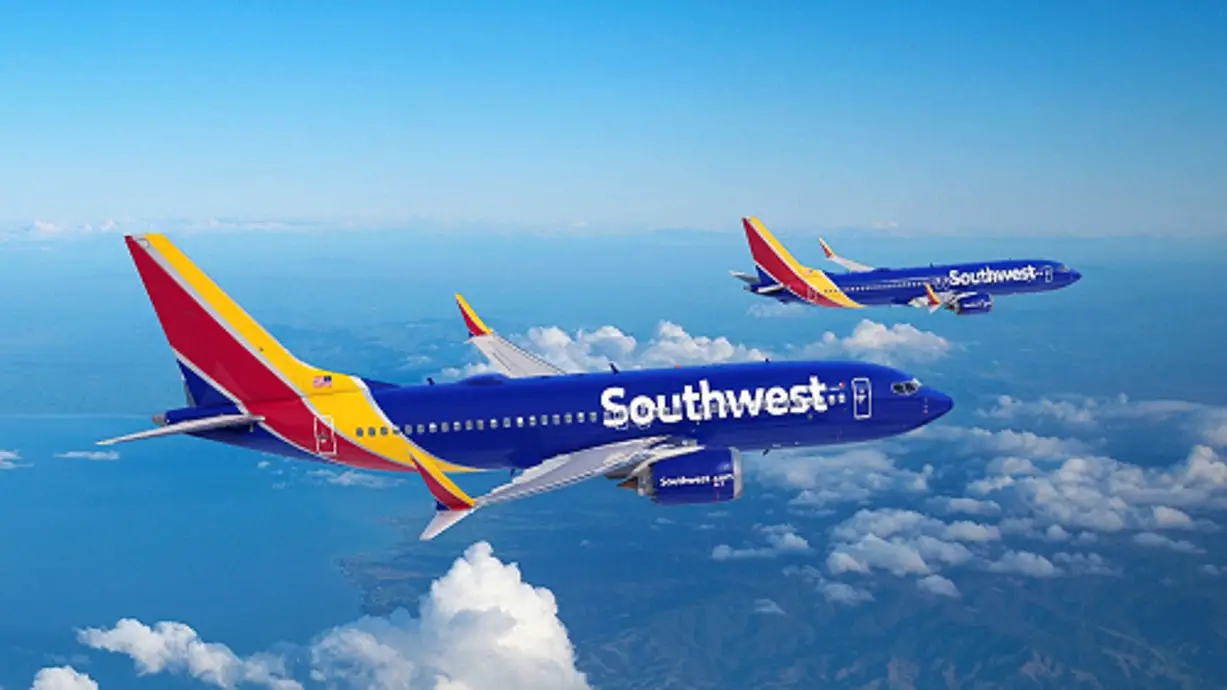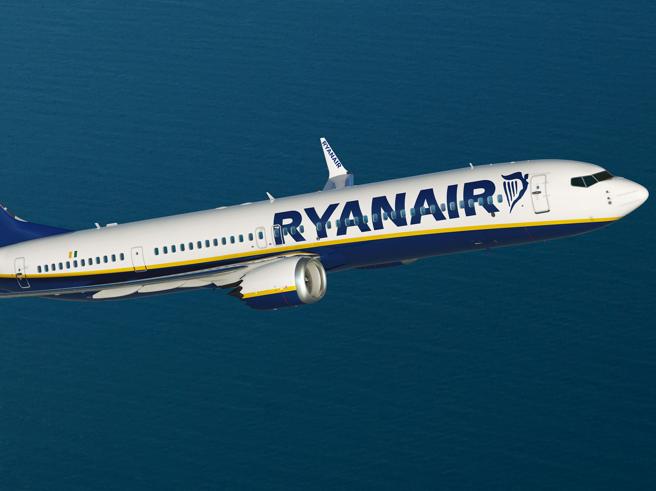Economy and business
Boeing crisis puts airlines in crisis: a summer of cutting flights

International airlines are bracing for a difficult summer. Safety problems with new Boeing 737 Max aircraft and delays in deliveries of new Airbus models are generating a shortage of aircraft, forcing airlines to reduce flights and slow down pilot hiring. Experts warn that this could lead to higher fares and a significant risk of cancellations and delays, especially with the increased use of older, failure-prone aircraft.
To give one example Southwest, in the U.S., a large Boeing user, is cutting flights to several domestic destinations in the U.S., starting with the least profitable. To move to the Old Continent Ryanair, which uses Boeing exclusively and almost only of the 737 model, has found itself in the need to cut several flights, including those from Dublin, Milan, and Warsaw.
Obviously, when you cut supply under the current pricing system, you have the result of seeing ticket prices rise and generally not having enough supply to meet demand.
Boeing is in distress
Boeing is going through a prolonged crisis for serious reasons. After the two tragic 737 Max crashes in 2018 and 2019, which had led to assembly line shutdowns, the resumption of production has been hampered by the Covid pandemic.
When it looked like things were going to get better, the hatch at the Air Alaska flight blew in January 2024, so production shutdowns of the 737 MAx restarted to check production quality and major quality problems were found. These issues also applied to the 787. It is not known how soon production can return to normal, and in the meantime, deliveries have slipped to the future.
The goal of returning to normal by 2024 seems far off. Production quality problems have prompted the Federal Aviation Administration (FAA) to limit production of the Max, leading to massive delays in deliveries.

Ryanair, one of the biggest Boeing users, is one of the most beleaguered.
Airbus is also trudging along
Making matters worse are the problems at Airbus, which is struggling with the supply of engines for its most successful models. The problem is that the European company, given problems in the U.S., has orders for 8500 planes, when monthly production noon comes to 150 planes.
The shortage of planes has particularly impacted United Airlines, which, according to estimates, will see its supply of new planes halved in 2023. The company has had to cut flights, reduce projected growth, and even ask pilots to take unpaid leave in the summer.
Insufficient global production
The production of jetliners is virtually a duopoly at a time when China’s COMAC has not yet obtained US and European approval for the C919, the C929 is not yet ready, and Russia is sanctioned. In March, Boeing delivered 29 jets, while Airbus delivered 67, a far cry from market needs.
The choice of older aircraft
Delays in deliveries of new models are leading airlines to fly older aircraft longer, increasing the risk of failure and disruption. United, for example, has decided to keep its Boeing 767-300s in service. Southwest has done the same with a dozen of its older 737s. Lacking new planes, we adapt with old ones, but beware: these cost more because they require much more expensive maintenance and have older generation engines.
Implications and consequences
Obviously, the forced reduction of flights in the face of stable or growing demand leads to higher fares for travelers, especially on domestic routes. Cancellations may be more frequent, and experts predict that many airlines will experience delays during the summer season.
The bailout, in short- to medium-haul transportation, could come from small regional airlines using smaller aircraft, such as Embraer, and more available ATR 72s. These planes have gone from a very low production of 22 in 2022 to 40 in 2023 and are among the few that still have some room to increase delivery volumes, although the turboprop is definitely not a complete replacement for jets.
Boeing’s role is crucial
Boeing’s crisis is at the root of this situation. The Seattle-based company’s ability to reestablish smooth and consistent production of the 737 Max and certify the Max 7 and 10 models will be crucial to bringing back the aviation emergency in the United States and Europe. Doubts about the quality of production at Boing and its Spirit branch, however, weigh heavily on assumptions of a quick return to normalcy
Next summer is likely to be a big deal.






